How Do Handmade Carpets Enhance the Artistic Atmosphere of a Home?
Carpets are one of the most important elements in Iranian home decor. Handmade carpets add authenticity, warmth, and beauty to a home. In this article from Zollanvari, we explore handmade carpets and their impact on enhancing the artistic atmosphere of a home. Stay with us.
Handmade Carpets and Their Impact on the Artistic Atmosphere of a Home
In addition to their beauty, handmade carpets bring warmth to the home. Entryways and rooms without carpets look bare and incomplete. By adding a carpet to your home decor, you can elevate its appearance and make it more attractive. Using handmade carpets adds authenticity, warmth, and beauty to your decor and enhances the artistic ambiance of your living space. Walking on a handmade carpet also provides comfort and relaxation. To add artistic charm to a space, the carpet should be selected properly and suited to the environment. There are several key points to consider when choosing the right handmade carpet.
Home Decoration Style
When selecting a suitable handmade carpet, you should consider the style of your home. Below are some examples:
Traditional Style
In traditional decor, handmade carpets with classic patterns such as Afshan, Lachak-Toranj, Vase, and Hunting designs are ideal. Dark and warm colors like navy blue, red, burgundy, and cream blend well in this style.
Modern Style
In modern decor, handmade carpets with minimal, abstract, and geometric patterns are more suitable. Light, pastel, or neutral colors like gray, beige, cream, and white work well together in this style.
Bohemian Style
In the bohemian style, handmade carpets with ethnic and traditional motifs, tribal patterns, and vibrant colors are appropriate. Nomadic and Gabbeh rugs with unique designs and vivid hues can bring life to this decor.
Carpet Colors
Let’s explore carpet colors:
- Complementary Colors: To make a space more attractive and harmonious, it’s better to use complementary colors in both carpets and other decor elements. For example, to match blue furniture, a yellow or orange carpet can be a great choice.
- Analogous Colors: To create a calming and cohesive atmosphere, use colors from the same spectrum or those close to each other on the color wheel.
- Neutral Colors: Cream, gray, silver, and white are neutral shades that can easily coordinate with various decor styles and color schemes.
Carpet Dimensions
Here are the standard dimensions:
- Living Room: In the living room, the carpet should be large enough so that at least the front legs of the furniture rest on it. If you have a large space, you can opt for a bigger carpet that accommodates the entire furniture set.
- Bedroom: In the bedroom, you can use smaller carpets beside the bed or place one underneath the bed so that it extends out from all sides.
- Hallway: For hallways, long and narrow runners are the best choice.
Carpet Material
Handmade carpets are woven using different materials:
- Wool Carpets: These are made from wool, known for being soft, durable, and a good insulator against heat.
- Silk Carpets: Silk rugs have a distinctive sheen and are very luxurious and expensive due to their fine texture.
- Silk and Wool Carpets: These combine the benefits of both materials, offering durability and shine.
Carpet Design
These include:
- Busy Patterns: Suitable for large and minimal spaces where an intricate design can serve as a focal point.
- Simple Patterns: Ideal for smaller or already busy spaces where less is more.
Carpet Quality
The number of knots per square inch is called the knot count. The higher the knot count, the finer and higher the quality of the carpet. The knot type—Persian or Turkish—also affects the carpet’s quality.
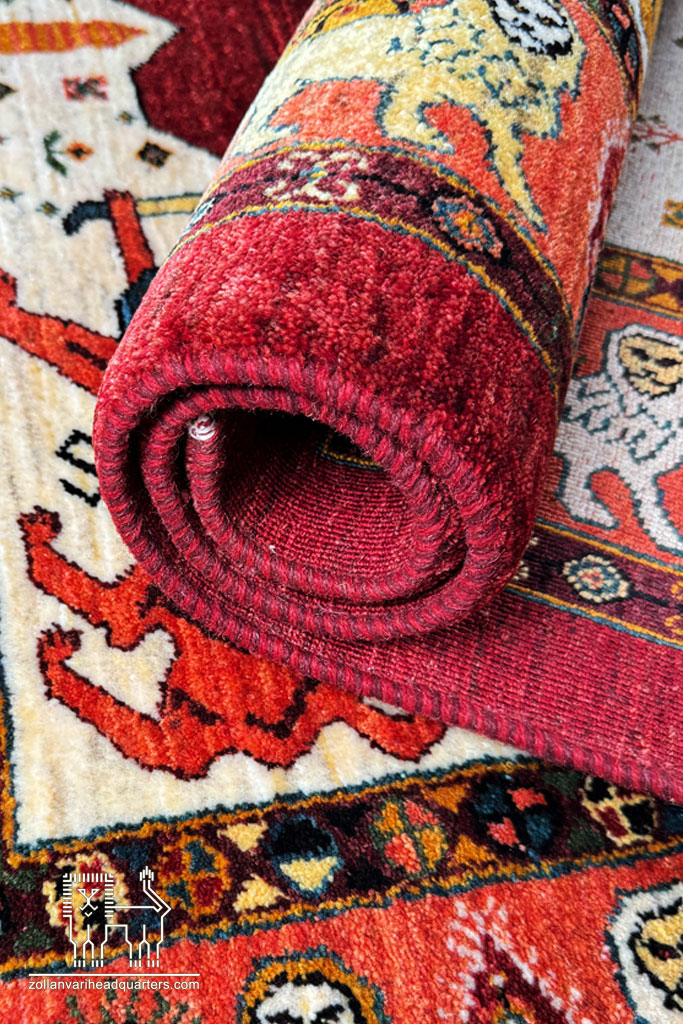
Final Word
Handmade carpets add charm, warmth, and authenticity to home decor, transforming the living space into an artistic and cultural environment that brings peace and comfort to family members. In this article from Zollanvari, we discussed the influence of handmade carpets on enhancing a home’s artistic atmosphere and shared essential tips for choosing the right handmade carpet for your decor.

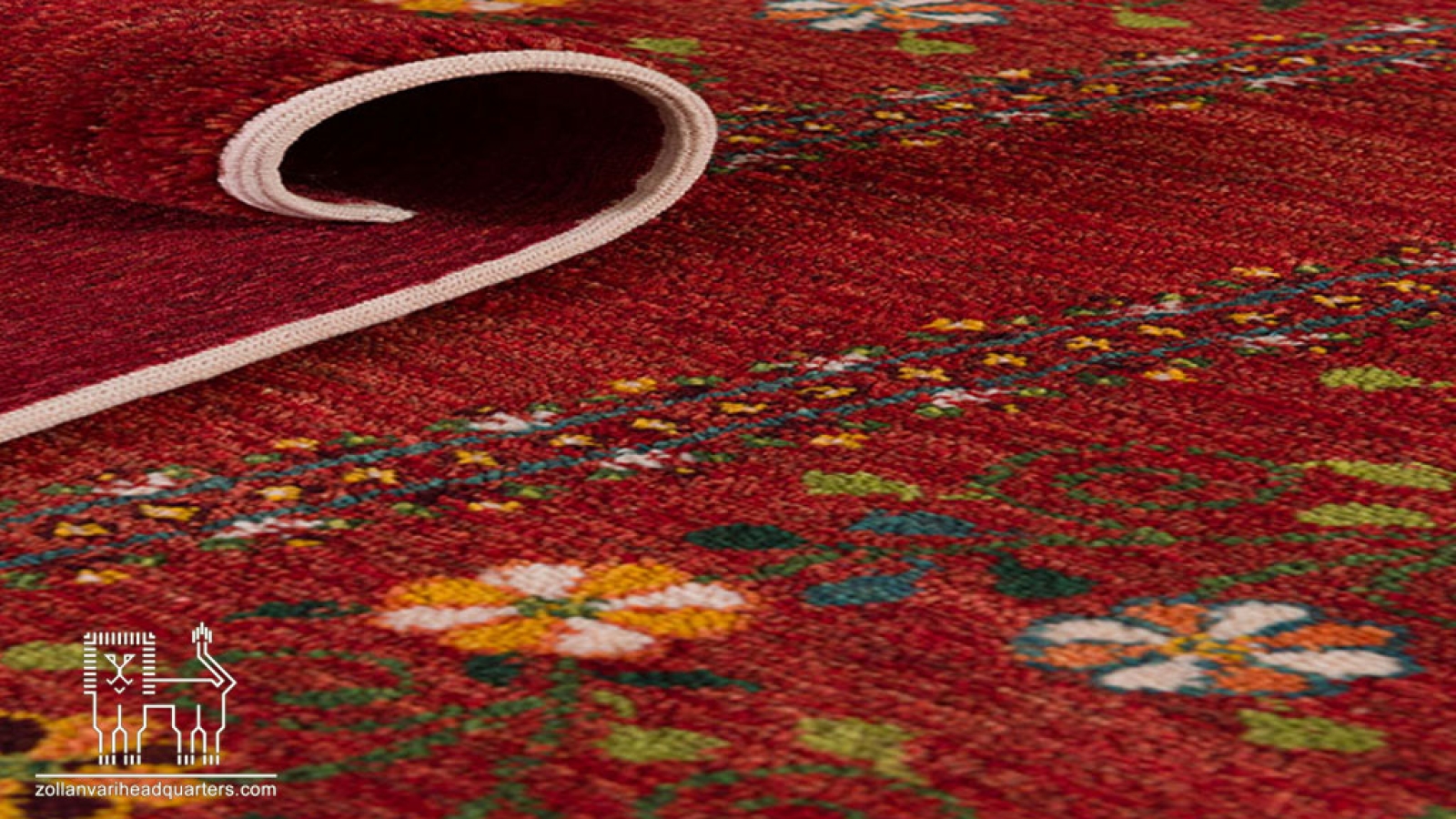
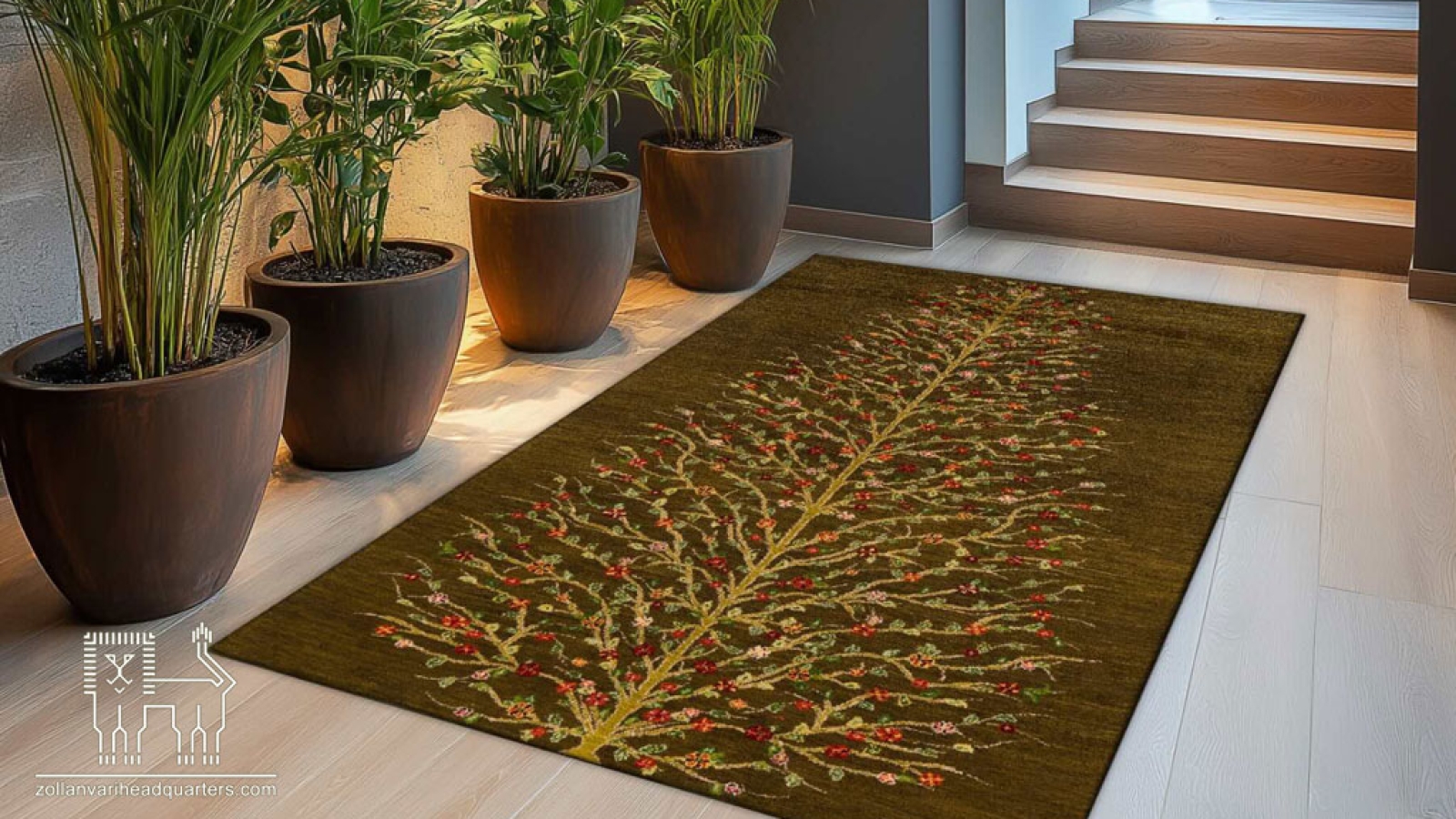
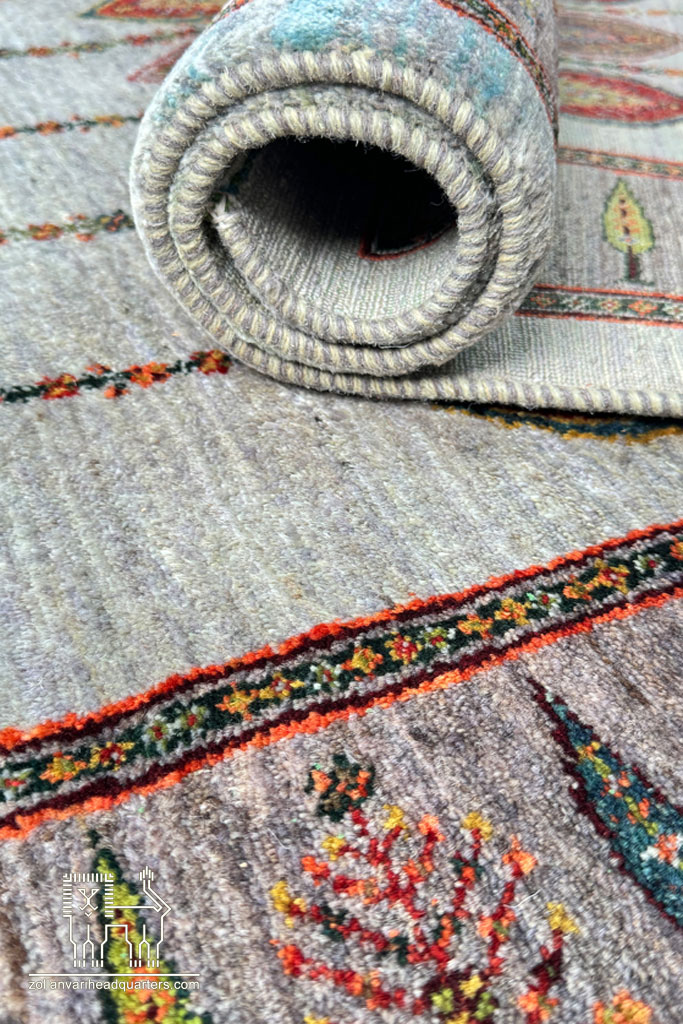
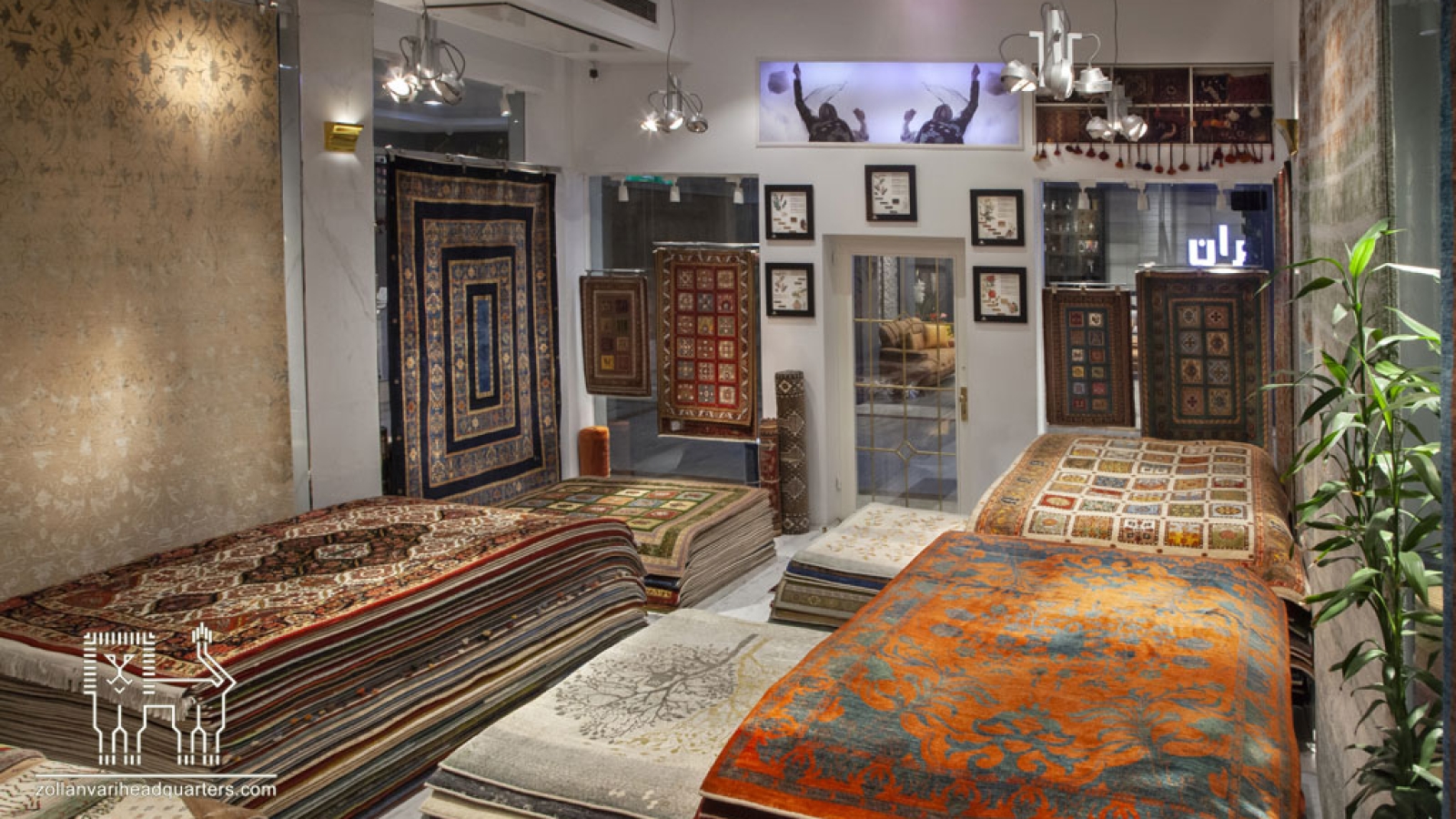


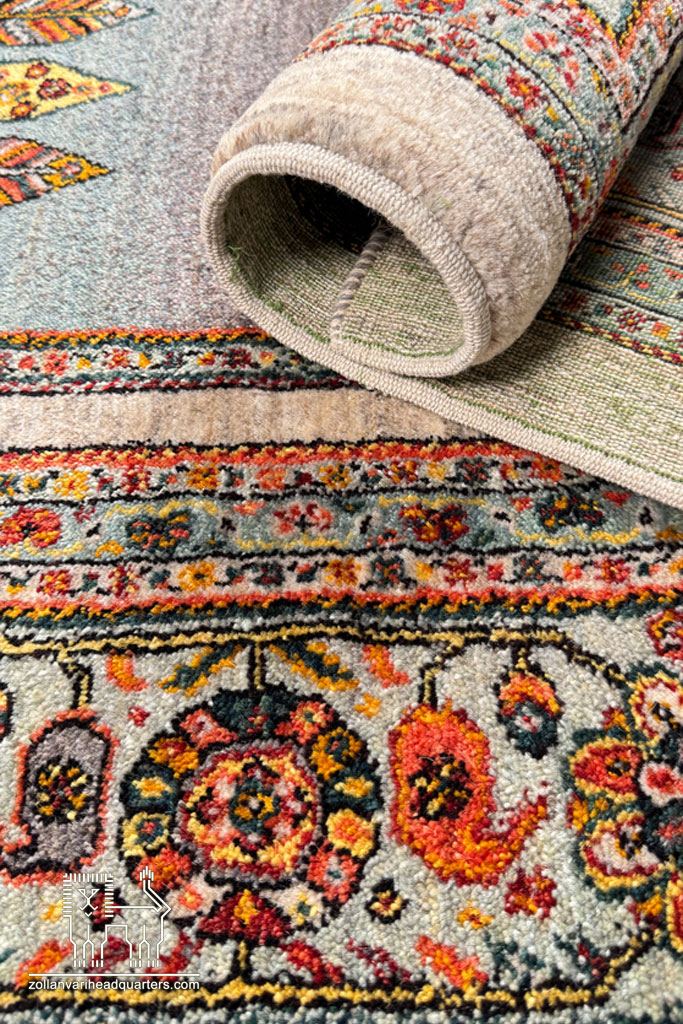
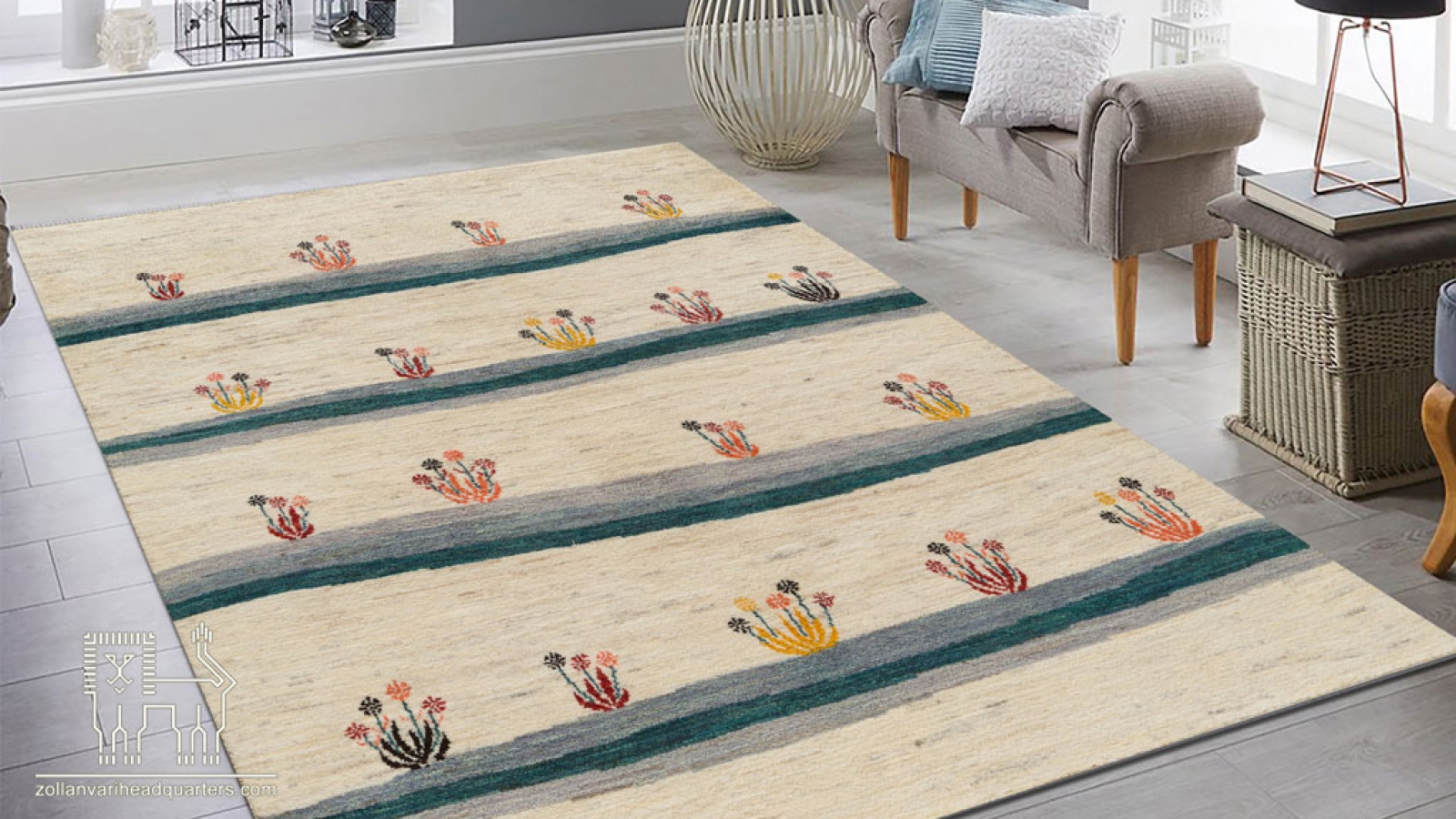
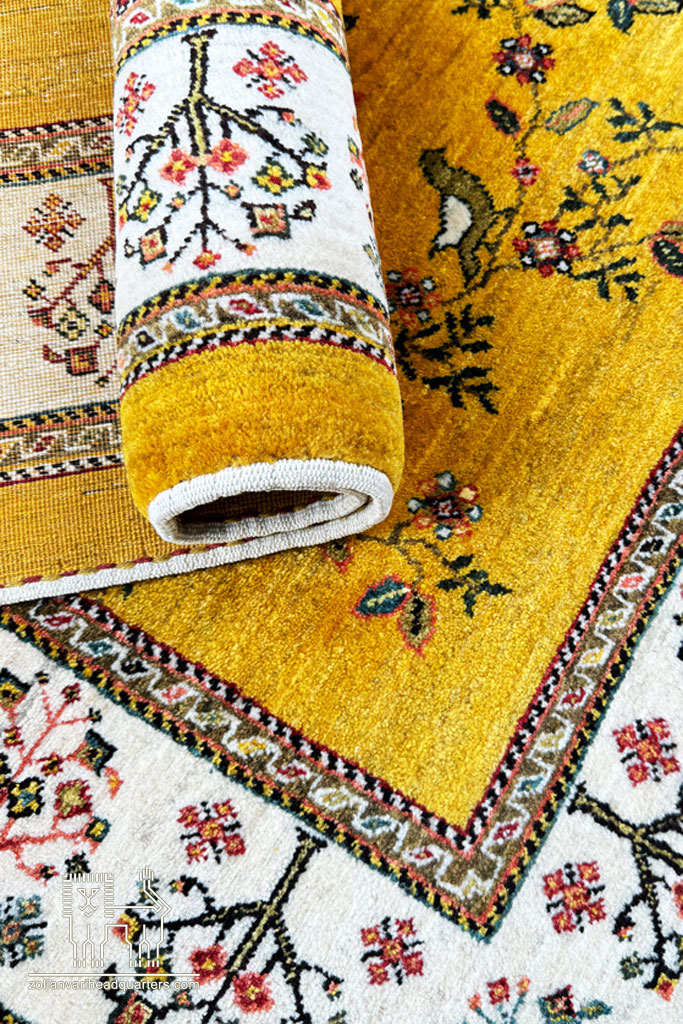
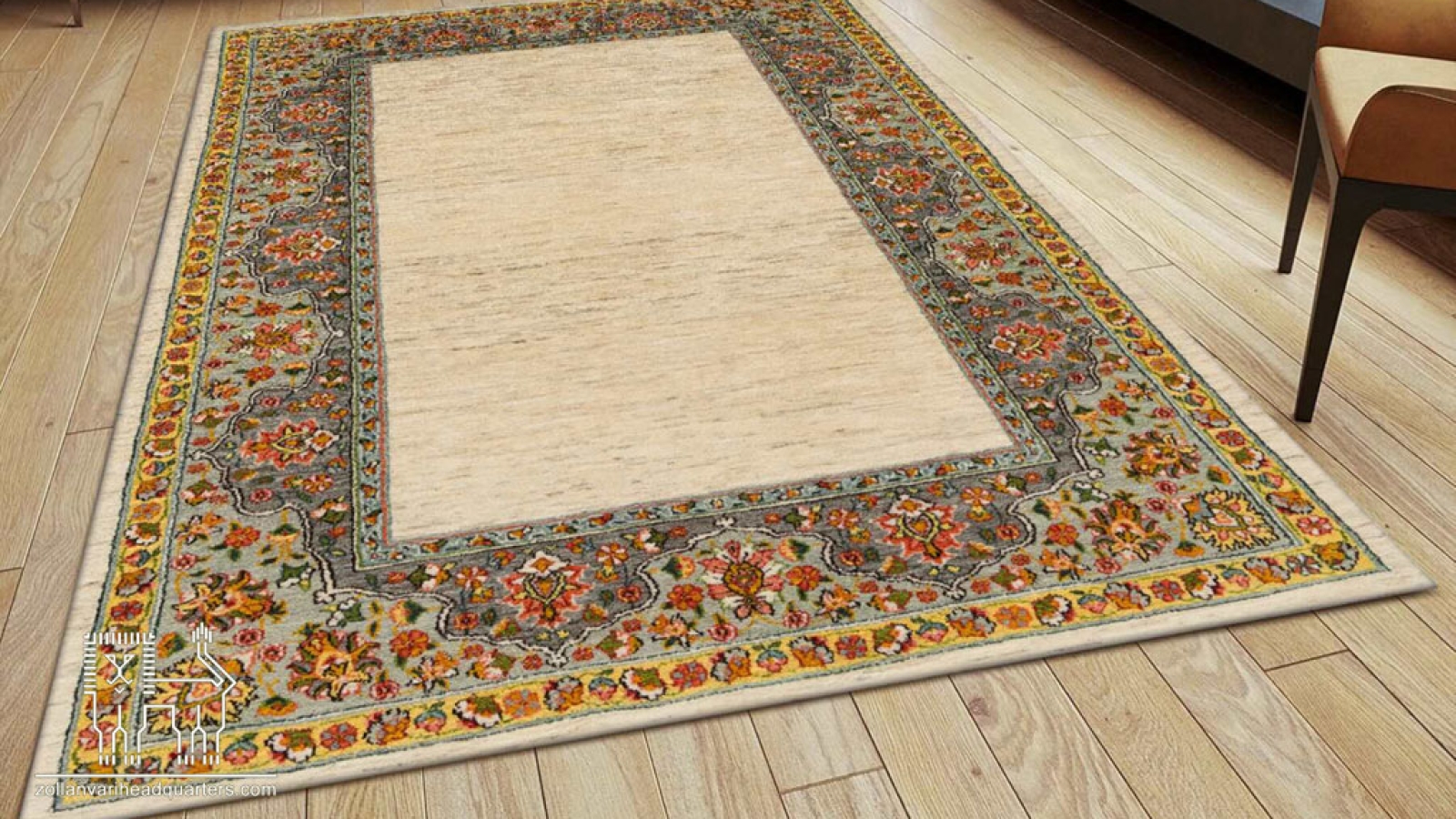
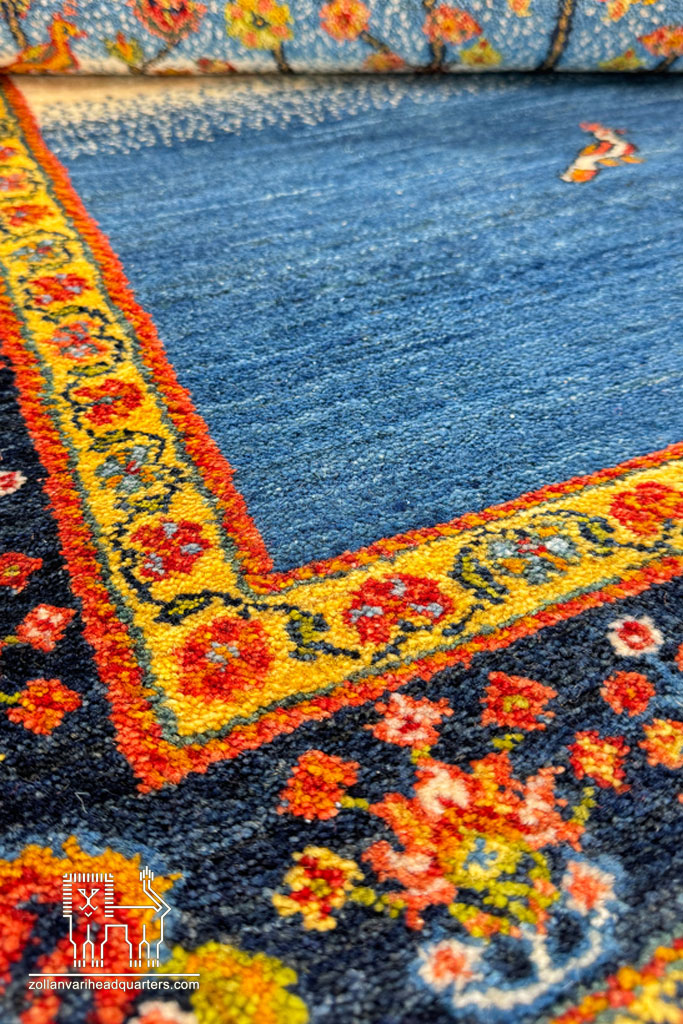

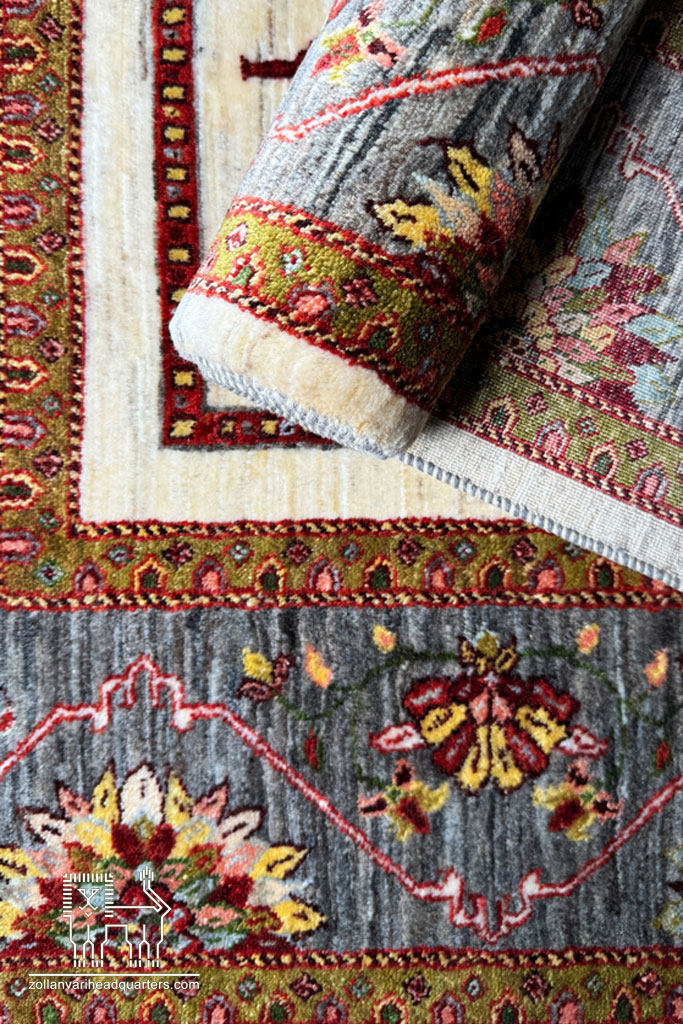

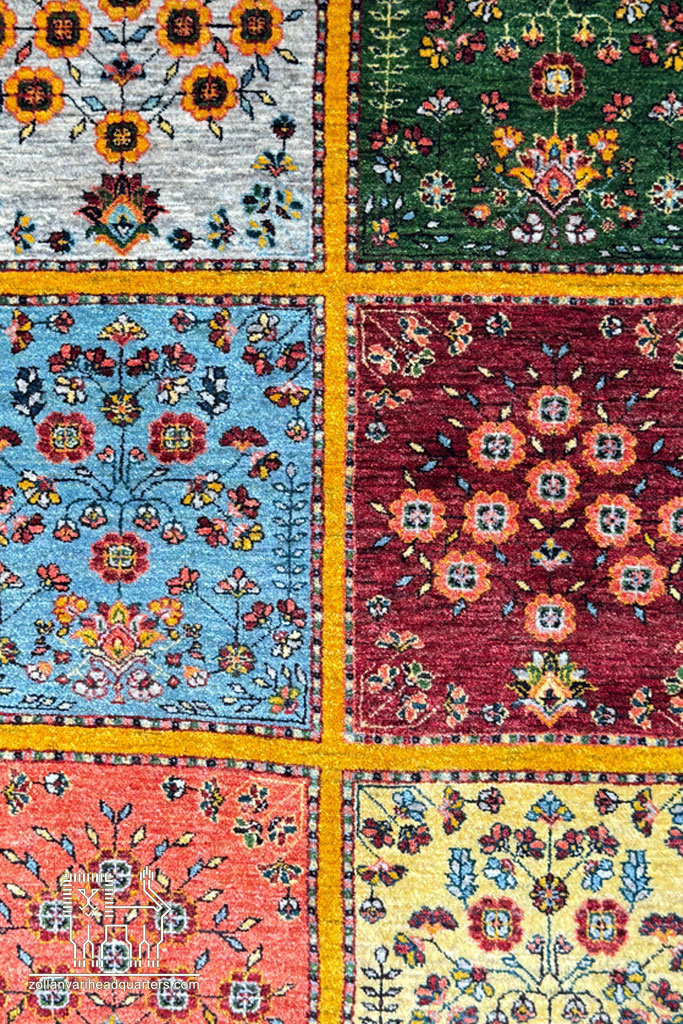
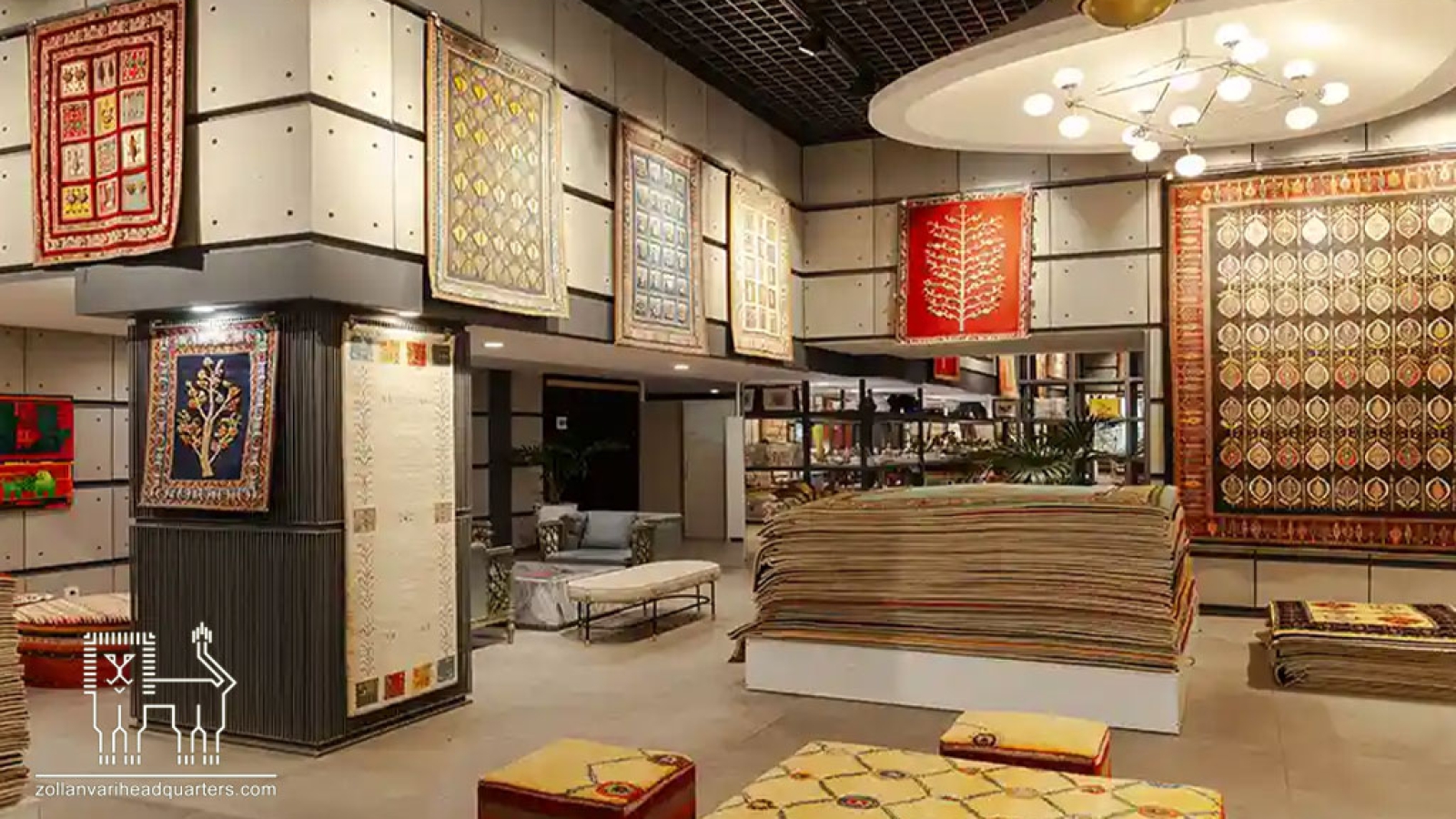
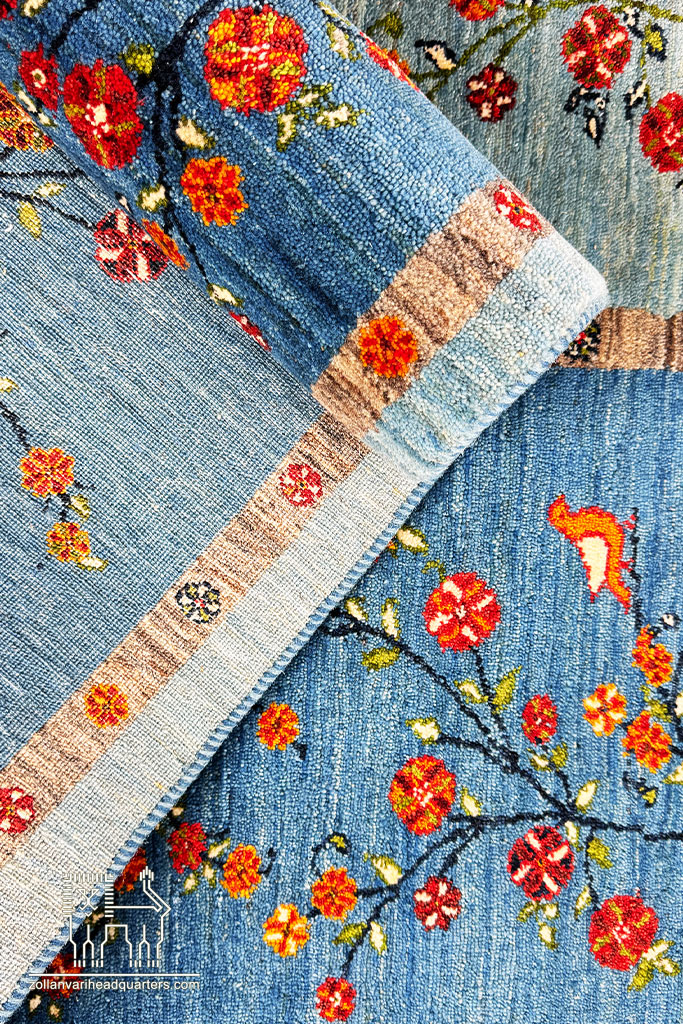 Woven Carpet
Woven Carpet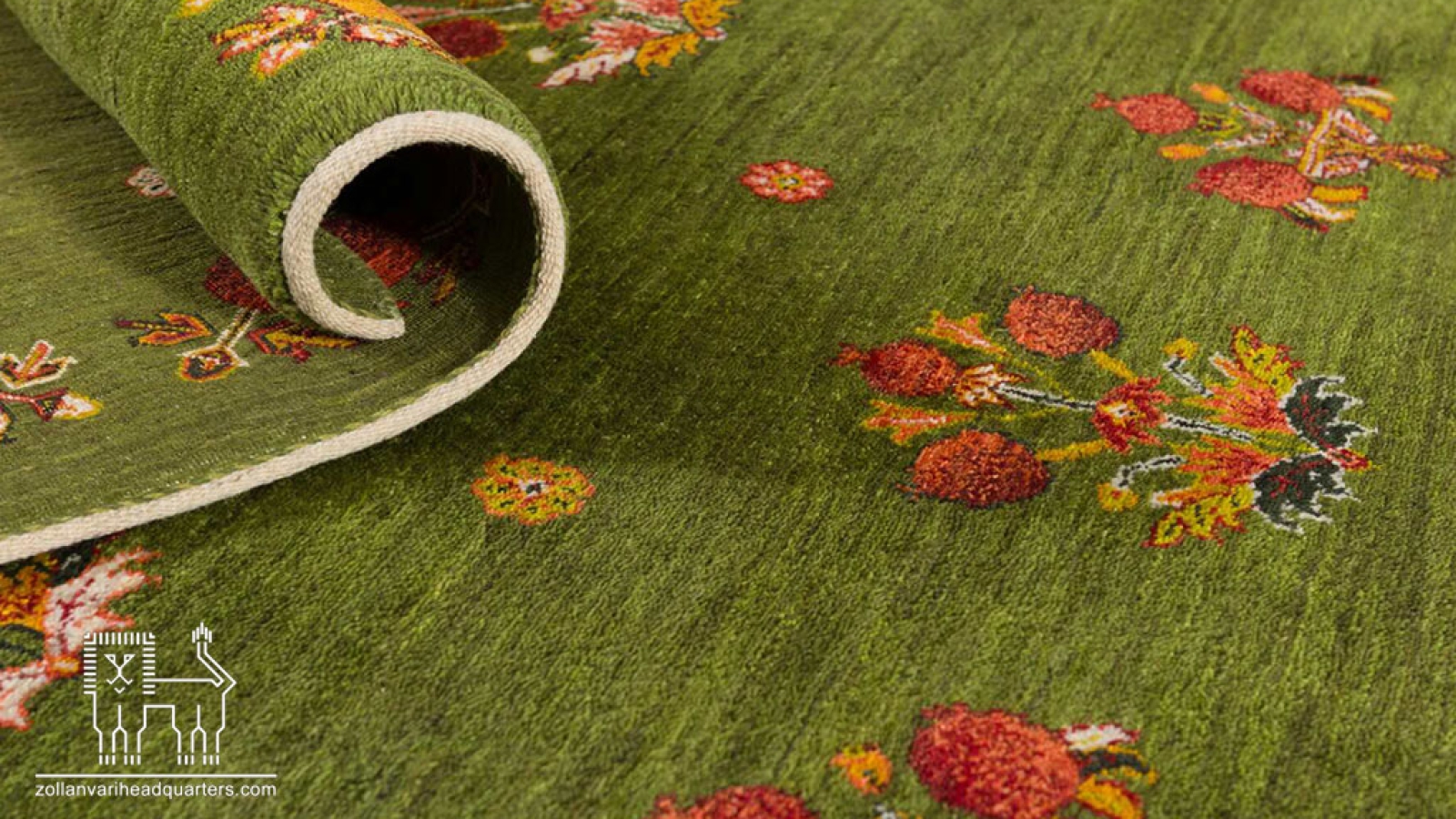
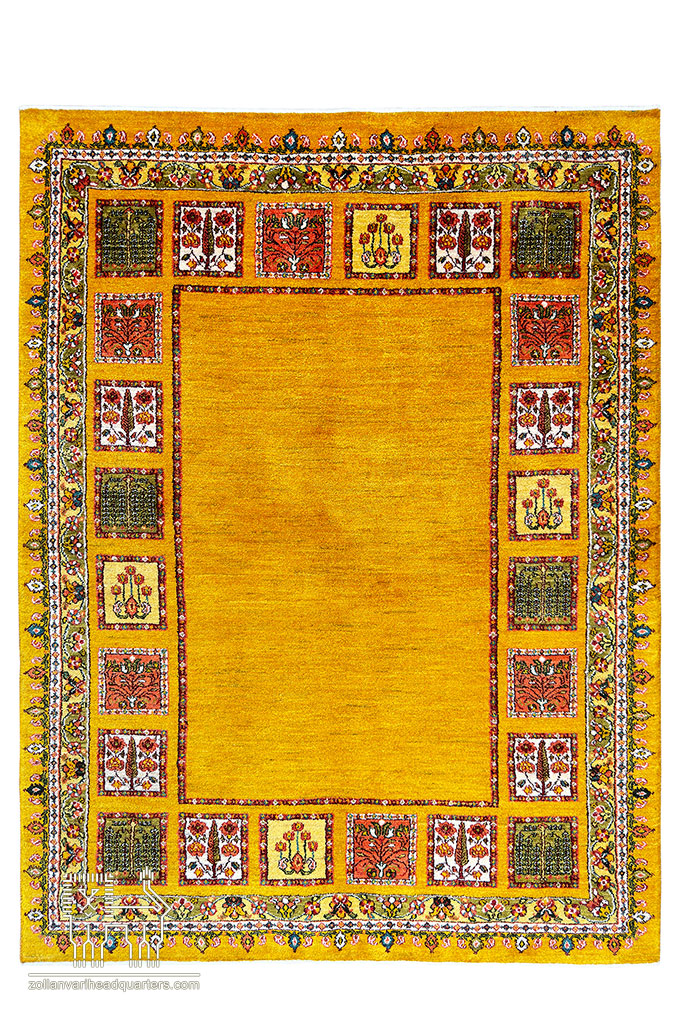 Machine-made carpets
Machine-made carpets